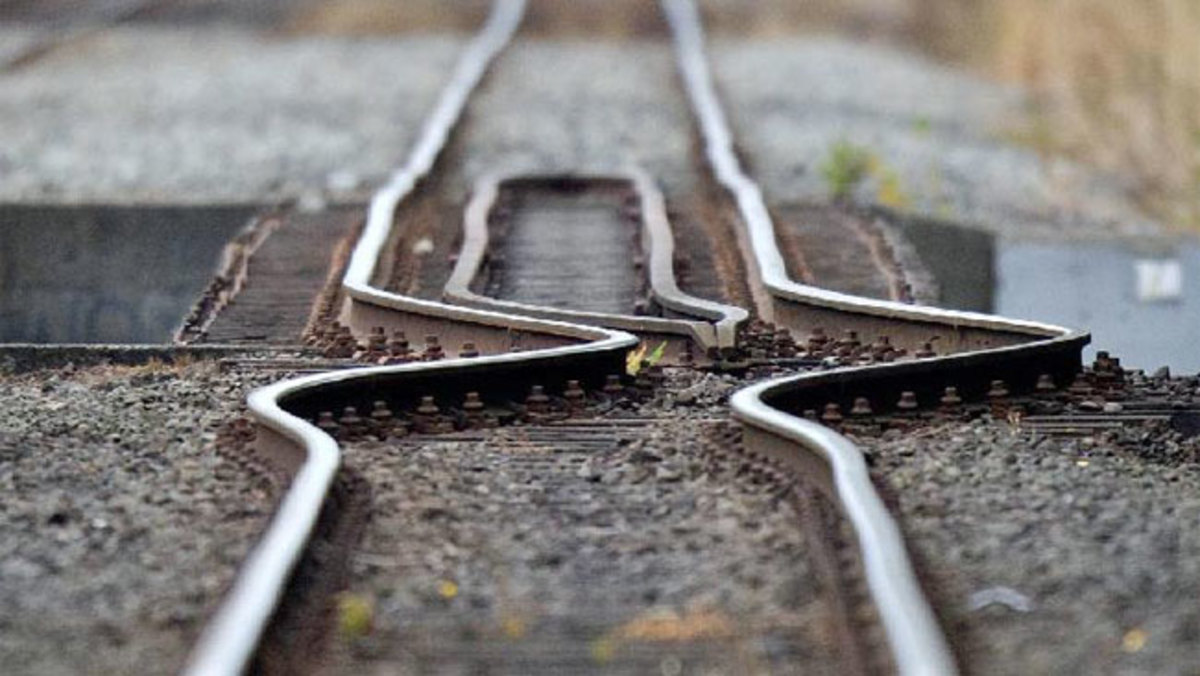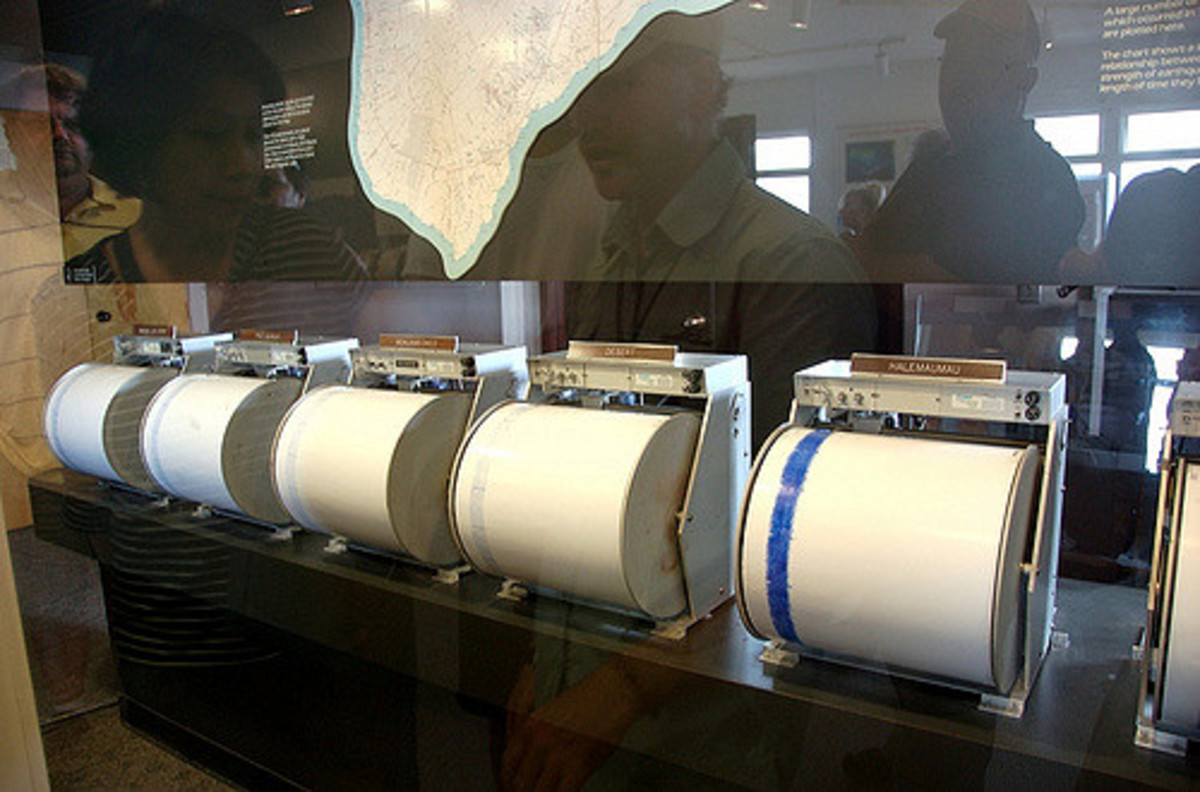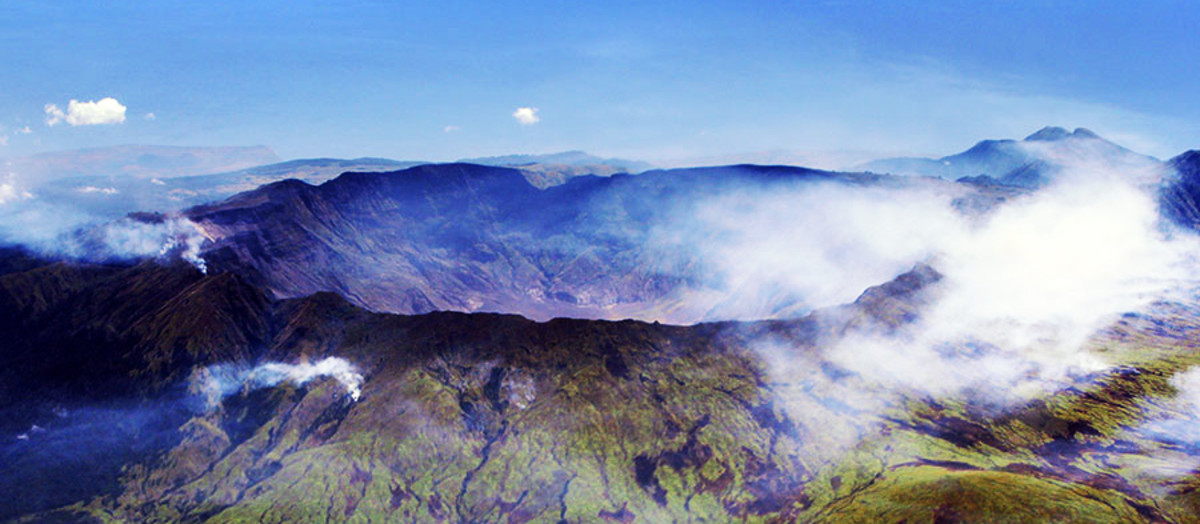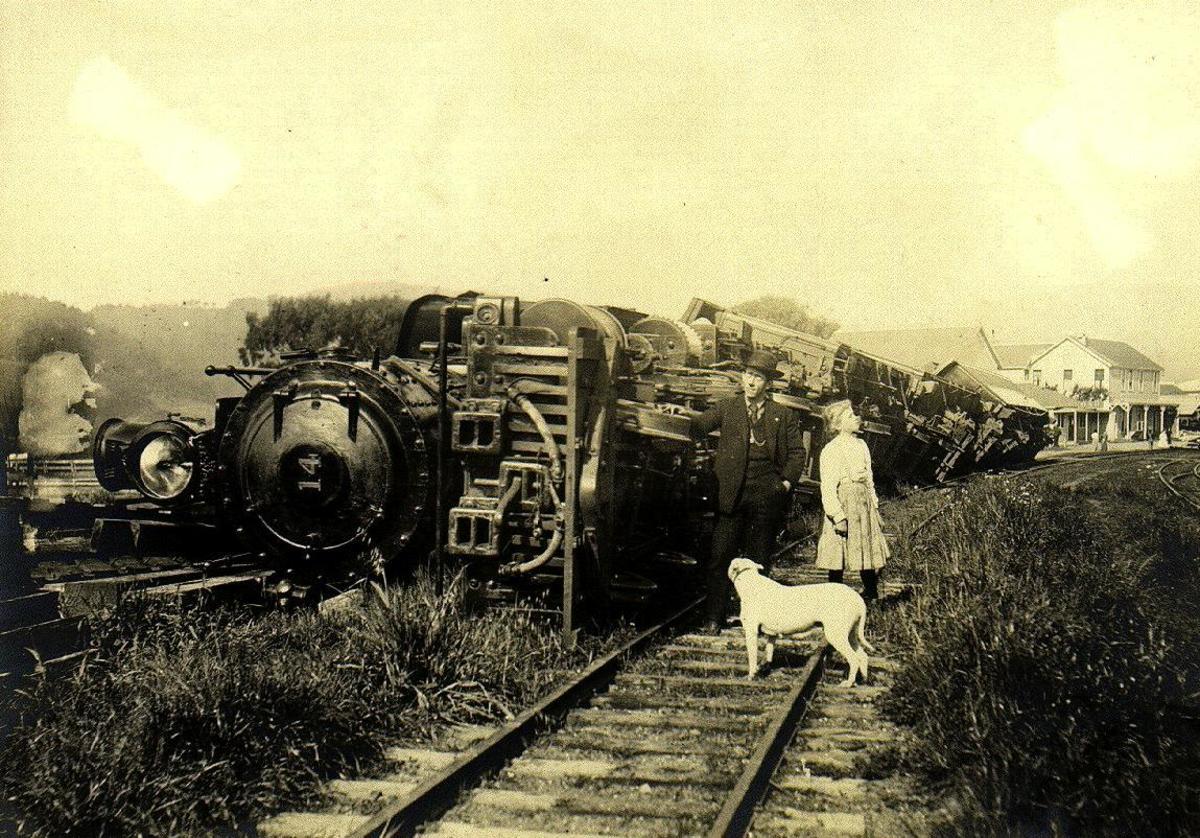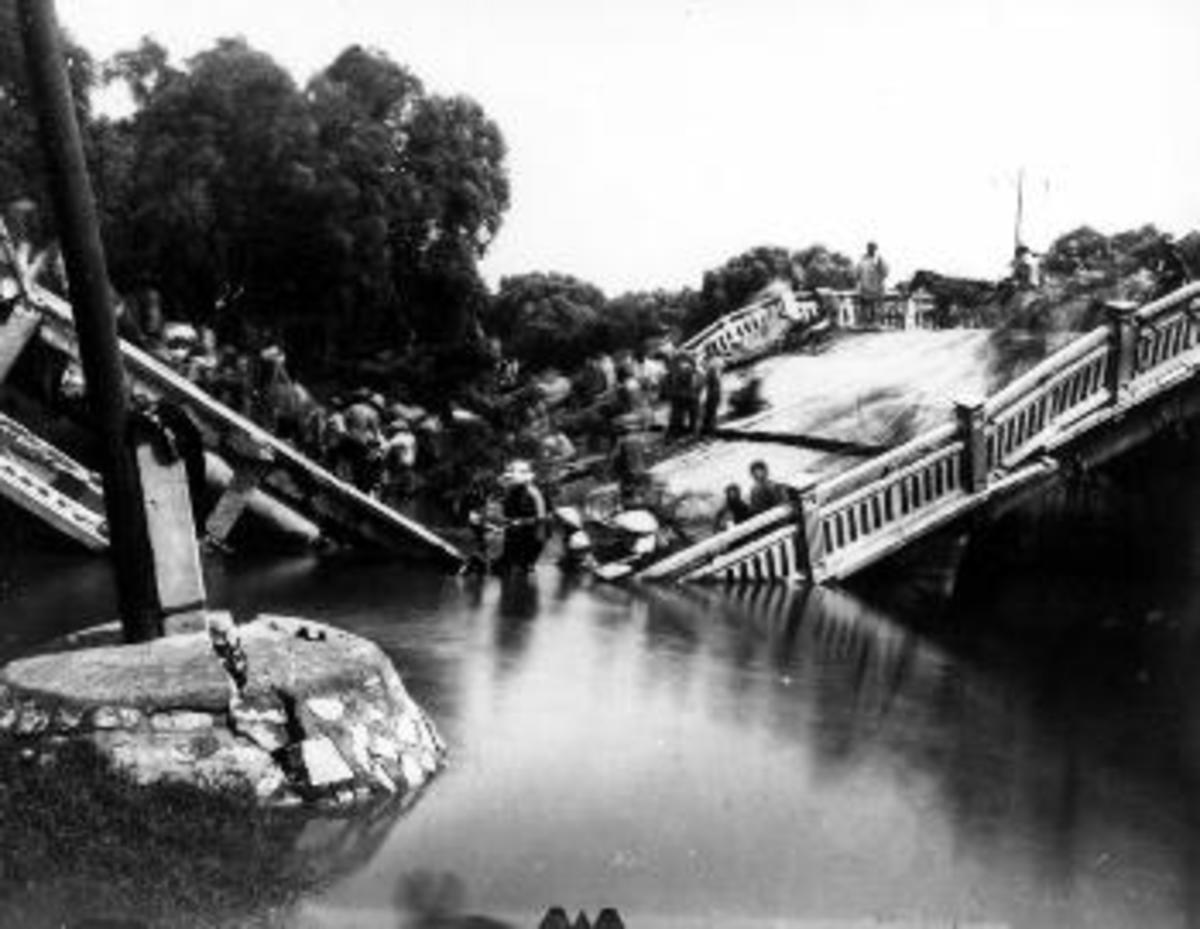Earthquake Fault Lines
Fault lines are actually fractures that result due to the movement of two tectonic plates of the Earth's crust. In places where earthquakes frequently occur, these fractures are common, as two plates move about separately building up heaviness in trying to slide over each other. The relative motion of the two plates is called a ‘Slip’.
These tectonic plates budge like that for the reason that the plates are fraction of the Earth's outer layer, that take the weight off your feet on top of the Earth's mantle which is semi-molten. Since the mantle is not as firm as the crust, the plates “drift" as to converse, or lose your balance/glide.
One fault line very well recognized to the North Americans is the San Andreas Fault, which drifts up the west shoreline of theUSAand was the reason of the San Francisco Earthquake in 1906.
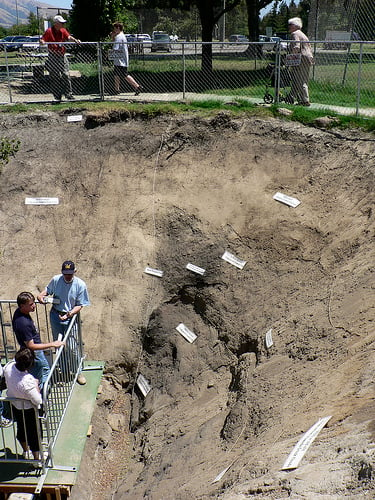
A fault line can also be defined as a fault trace on the surface at the point where the fault plane and Earth’s surface meet.
Since faults do not just often consist of a single, easily notable fault, geologists use the term ‘Fault Region’ when referring to the area where multiple fractures and deformations exist near the fault caused at the intersection of the tectonic plates.
In case of a non-vertical fault the two elevations are termed as a ‘hanging wall’ and ‘foot wall’.
At the fault the hanging wall is on top and the foot wall occurs underneath the fault. It is the relative motion of the plates that determines the type of fault that will be created.
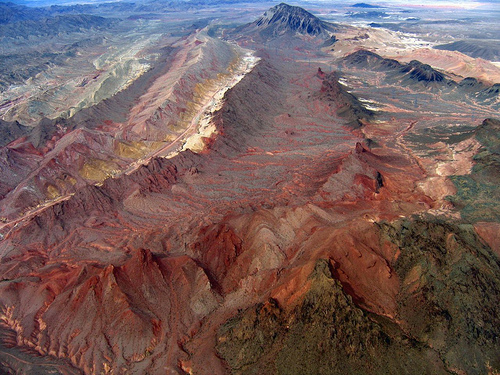
Fault Line Types
Geologists classify fault lines into three types based on the way the plates slide:
- When the relative motion of the plates on the fault plane is vertical the type of fault is recognized as a dip-slip fault.
- When the relative motion is horizontal or sideways, the type of fault is known as a transcurrent or strike-slip fault.
- The third type of fault is a combination of both strike and dip slip as it has a displacement vector of both the types. This type of fault is called an oblique-slip fault.

Earthquake Zones
- Major Earthquake Zones And Disasters
Earthquakes are one of the most hazardous of natural disasters. An earthquake happens due to the tension put on the ground by the tectonic plates when they get jammed or stuck.
The base for the identification of the type of fault is the resultant dip and the resultant slip of the fault, other factors should not be taken into account like not the current orientation, which may have been changed by geographical folding.
Dip-slip Fault Lines
Dip-slip faults can be divided two main categories ‘reverse’ and ‘normal’ faults.
Normal Fault Lines
A normal fault can occur when the fault horizontally extends and vertically thins the earth’s crust.
Such a fault is also called an ‘extensional fault’. The movement of such a fault is such that the ‘hanging wall’ slides down in relation to the ‘foot wall’ which slides up.
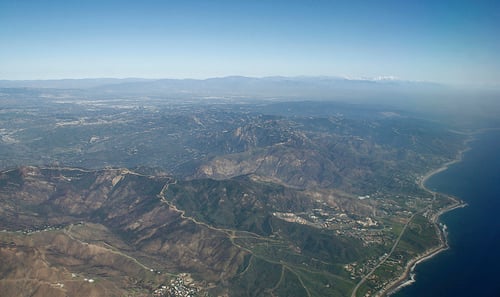
Earthquake Preparedness
- Earthquake Survival During And After An Earthquake
To survive an earth quake one must first of all know what an earth quake is. An earthquake is the shaking and trembling of the ground. - Earthquake Preparedness And Safety Measures
Among natural calamities, earthquake is considered to be the most devastating one. The magnitude of destruction caused by a powerful earthquake is enough to wipe out cities. - How To Prepare For An Earthquake
What is an Earthquake? An earthquake is defined as the phenomena in which large sections of tectonic plates of the earths crust move such that...
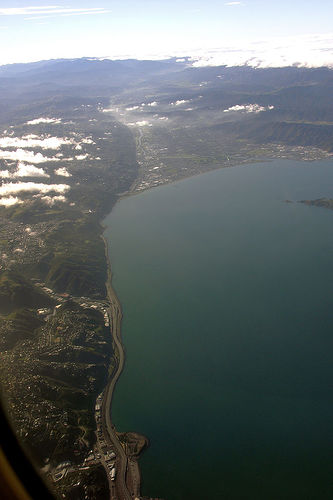
Due to such relative motion a chunk of rock will emerge both above and below the fault.
The chunk of rock dipping downward is called a ‘graben’ while the portion of the plate emerging upwards is called a 'horst'.
Reverse Fault Lines
A Reverse fault line is the exact opposite of a normal fault line; such that the ‘hanging wall’ slides upwards relative to the ‘foot wall’ which slides downwards.
Reverse fault line have a dip angle of greater than 45º.
Thrust Fault Lines
A thrust fault is similar to the movement as a reverse fault, but it has a shallower dip angle which can be less the 45 º.
Thrust faults give arise to unique geographical features like: nappes, klippen and folds.
In Thrust fault line the two plates form flat blocks called ‘flats’ and inclined blocks called ‘ramps’.
The flat blocks slide over the ramps and give rise to the above mentioned geographical features.
Strike-Slip Fault Lines
The strike-slip faults as mentioned before have nearly perpendicular face and the ‘foot wall’ of the fault moves sideways relative to each other, this is called ‘lateral motion’. Strike-slip faults are further classified into two types:
- The fault that possesses a left-lateral motion is called a ‘sinistral fault’.
- The fault that possesses a right-lateral motion is called a ‘dextral fault’.
Oblique-slip Faults Lines
Oblique-slip fault line is a combination of both the Dip-slip and Strike-slip fault lines. To accurately measure the movement of the fault the components of the displacement vector from both the Dip and lateral movement of the plates this is significant as most fault lines have component of both Dip-slip and Strike-slip movement.
However in many cases either of the components is not significant which allows us to keep the first two types in separate classifications.
Listric Fault Lines
A Listric Fault Lines is a like a normal fault line in which the fault plane is curved concave. In Listric Fault Lines the crust gets extended with increasing depth.
Ring Fault Lines
Ring faults lines can from with in volcanic Calderas (Super Volcanoes). Ring faults can get filled with Ring Dikes which are cracks in the bedrock filled with magma.
The San Andreas Fault
More To Read About Natural Disasters
- The Earth Awaits Several Disasters With In The Next 6 Years
There are three valid reasons based on the new emerging geophysical conditions of earth that make us conclude that mother earth has entered the difficult period of six years from 2007 to 2012 during which... - Volcanoes And Some Historic Eruptions
Volcano - it conjures up vivid, lucid images of red-hot lava spewing out of a looming mountain, like mountain of fireworks gone astray, bruising and charring everything that dares to come in its way. But in... - The Natural Disasters
Since time unknown the human race has been plagued by disasters that are caused by nature such as storms, floods and earthquakes. These are the weapons of nature used against man resulting in devastating...

